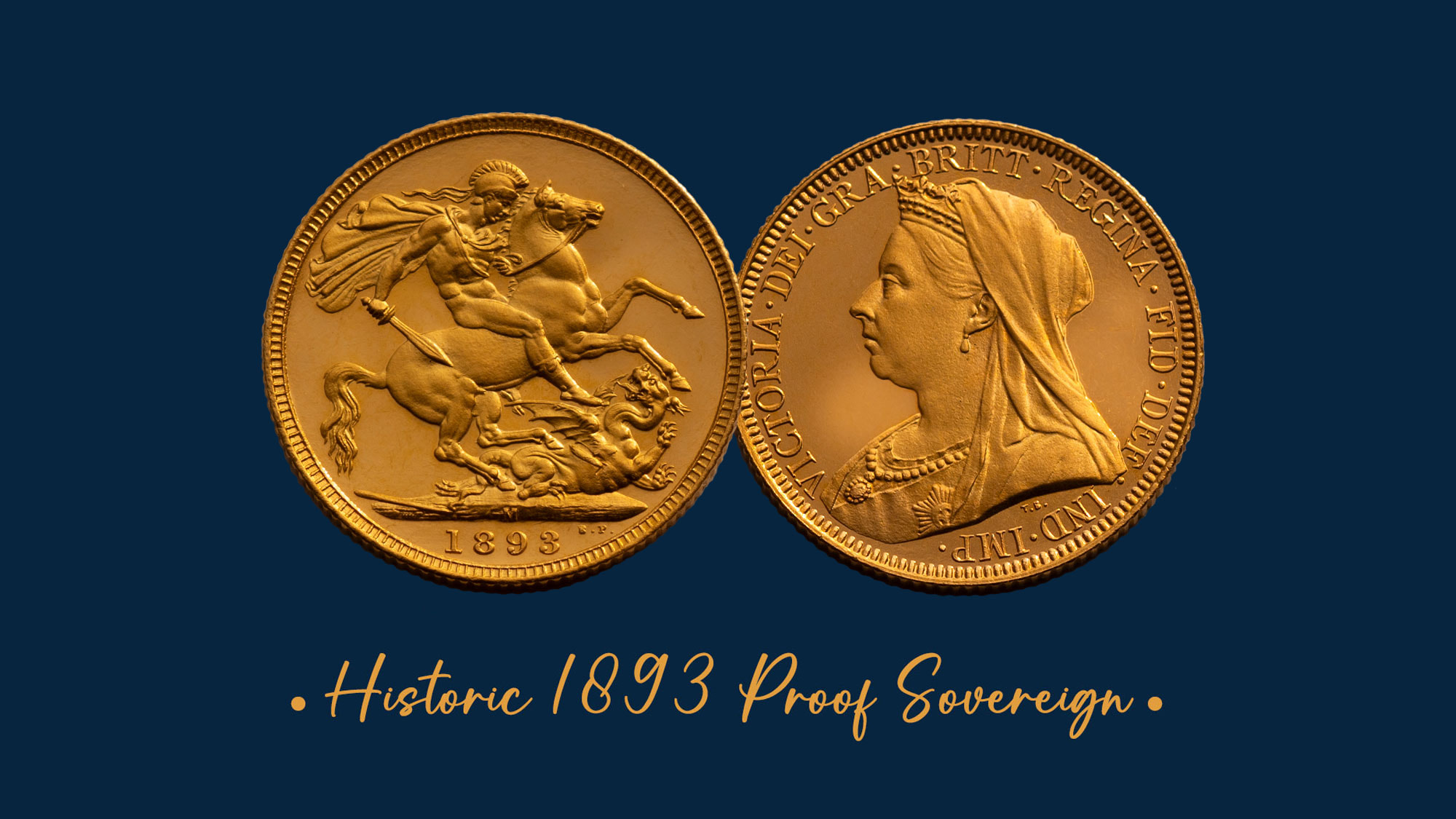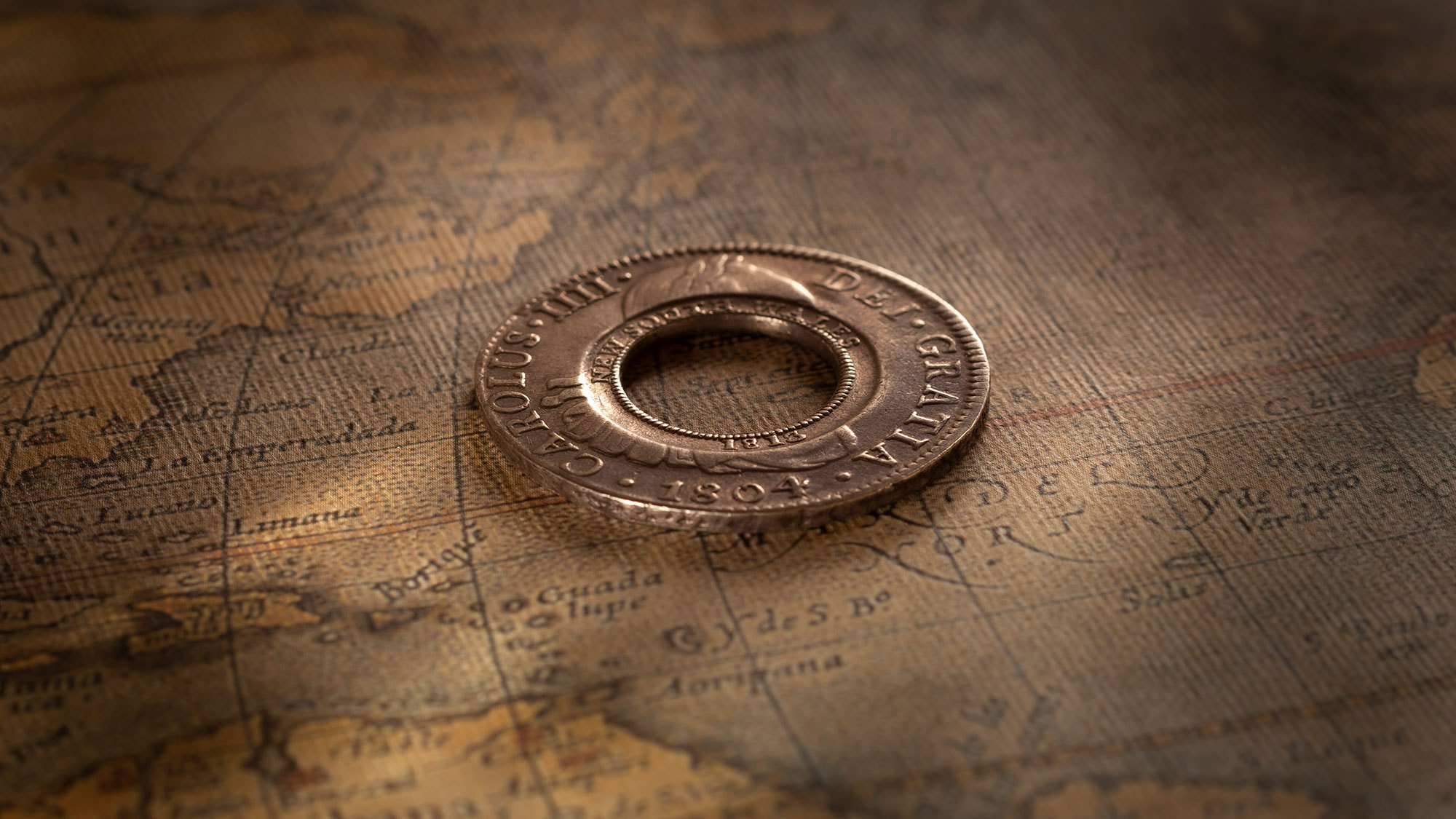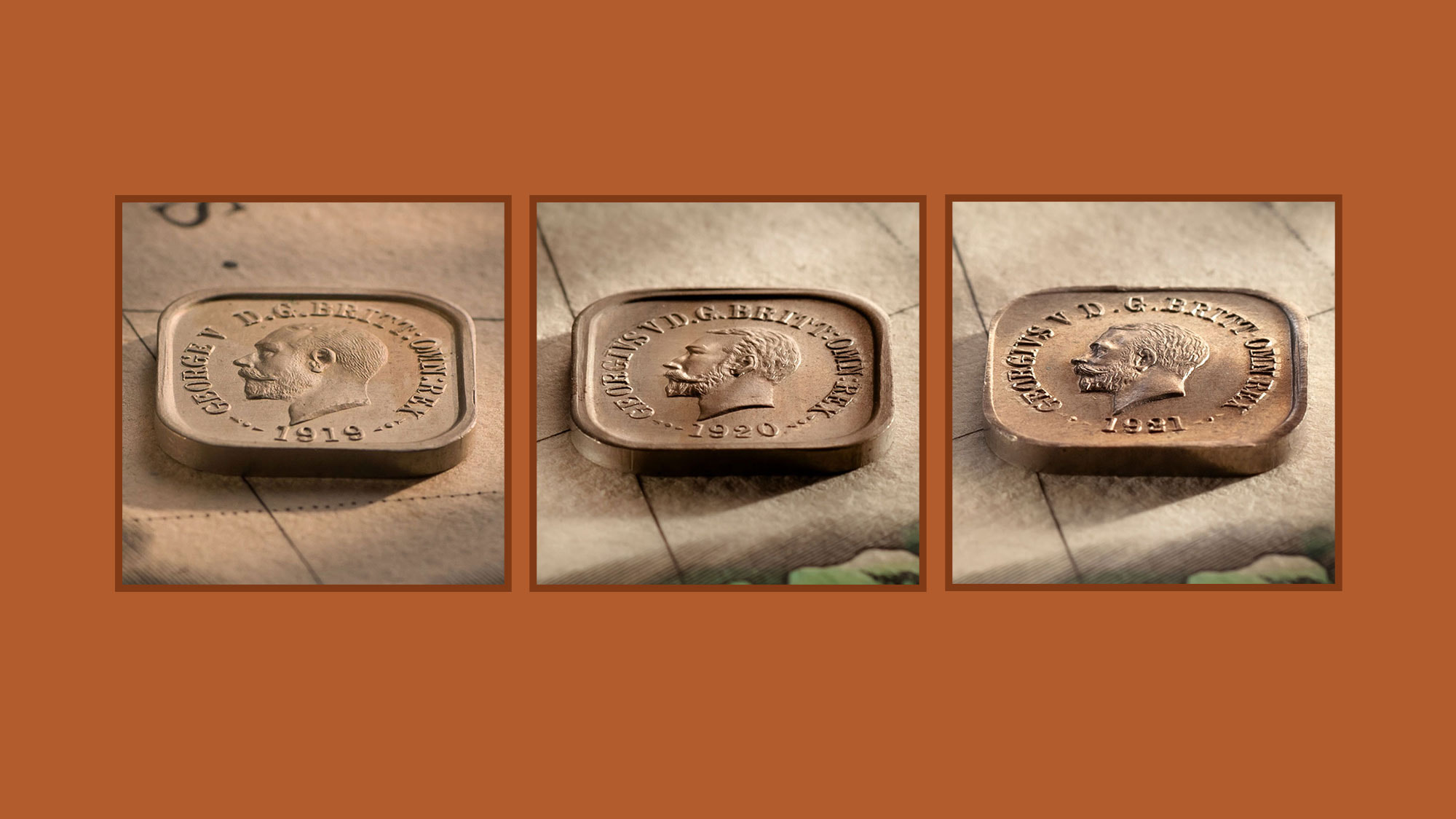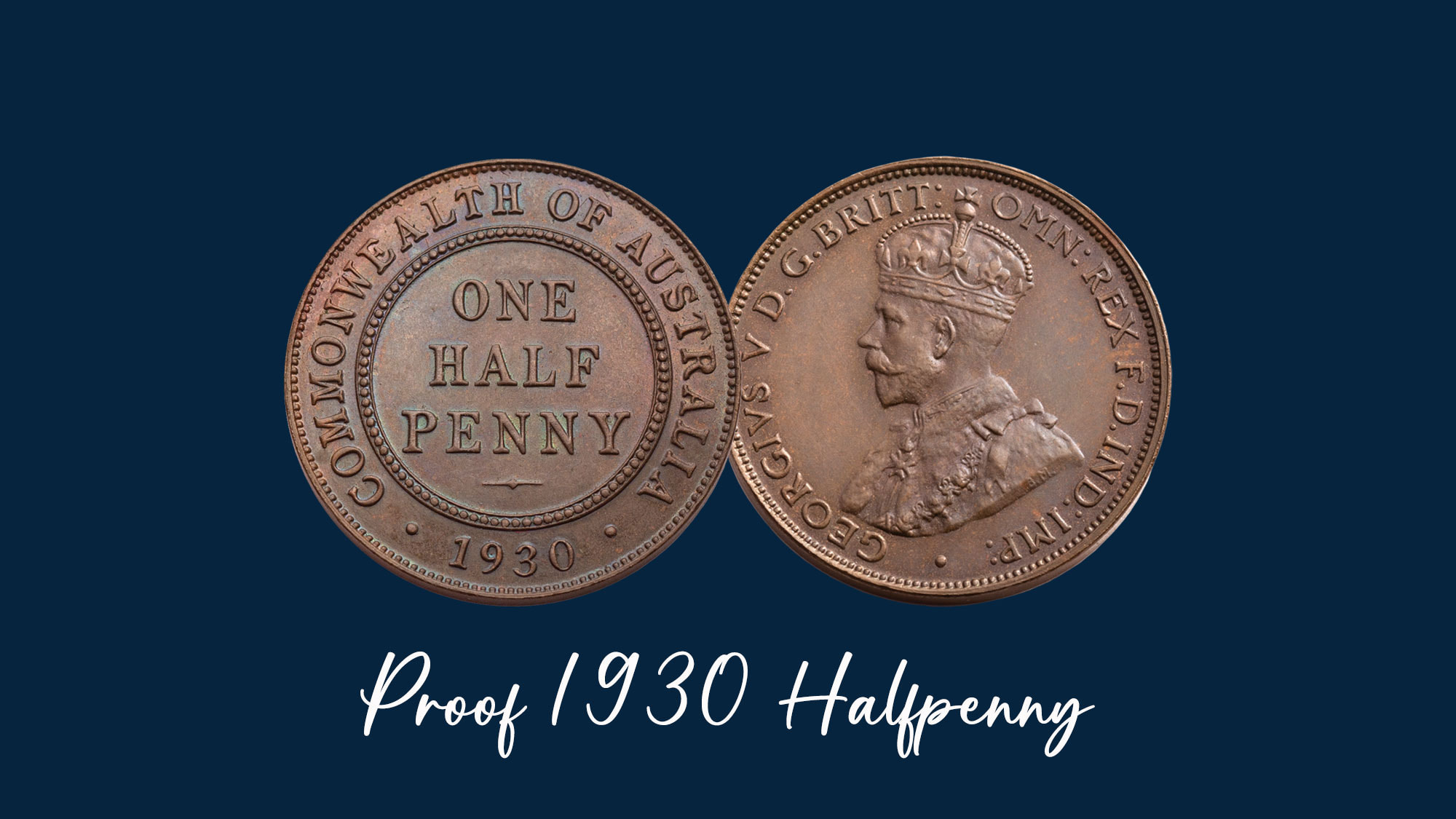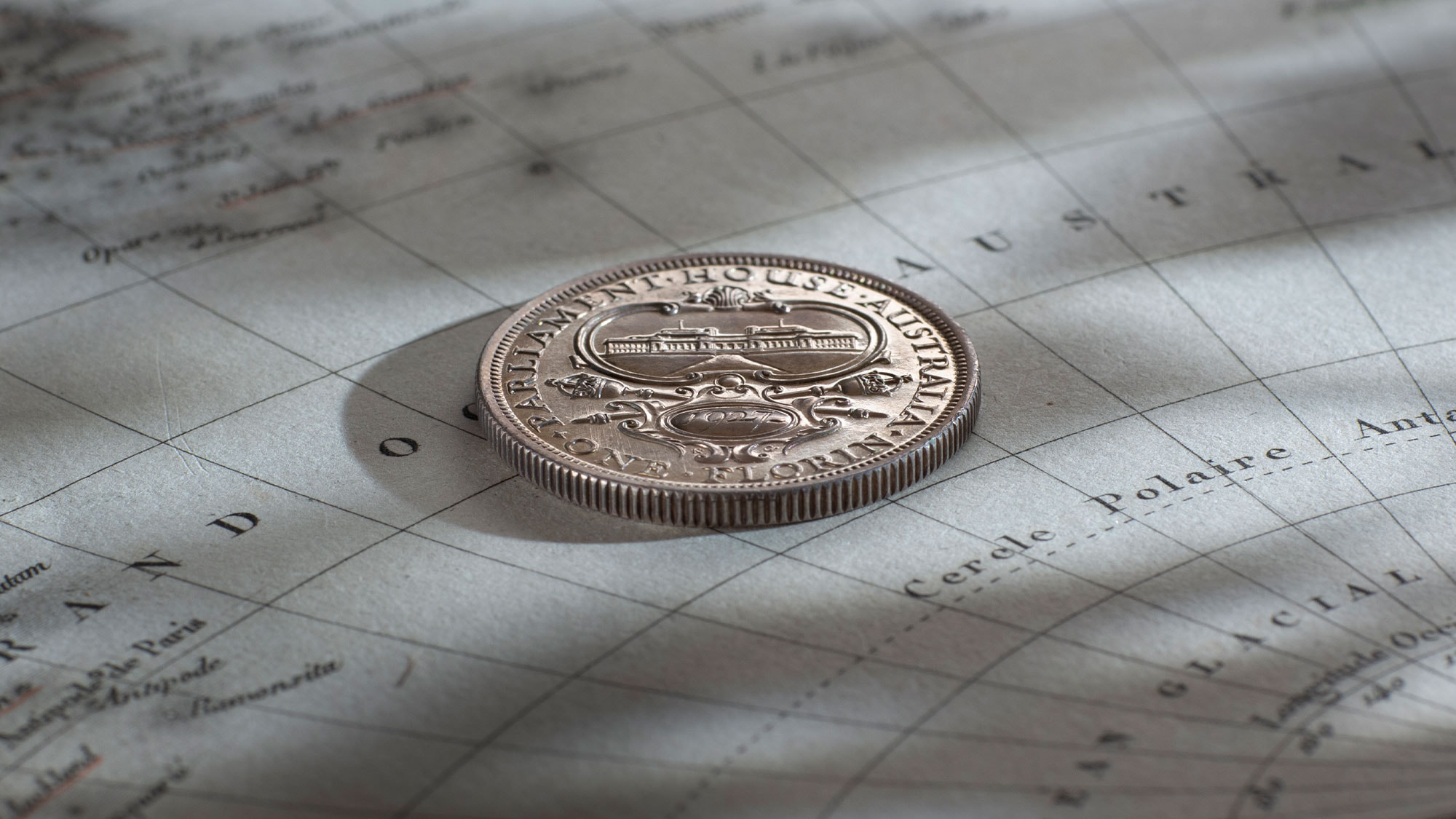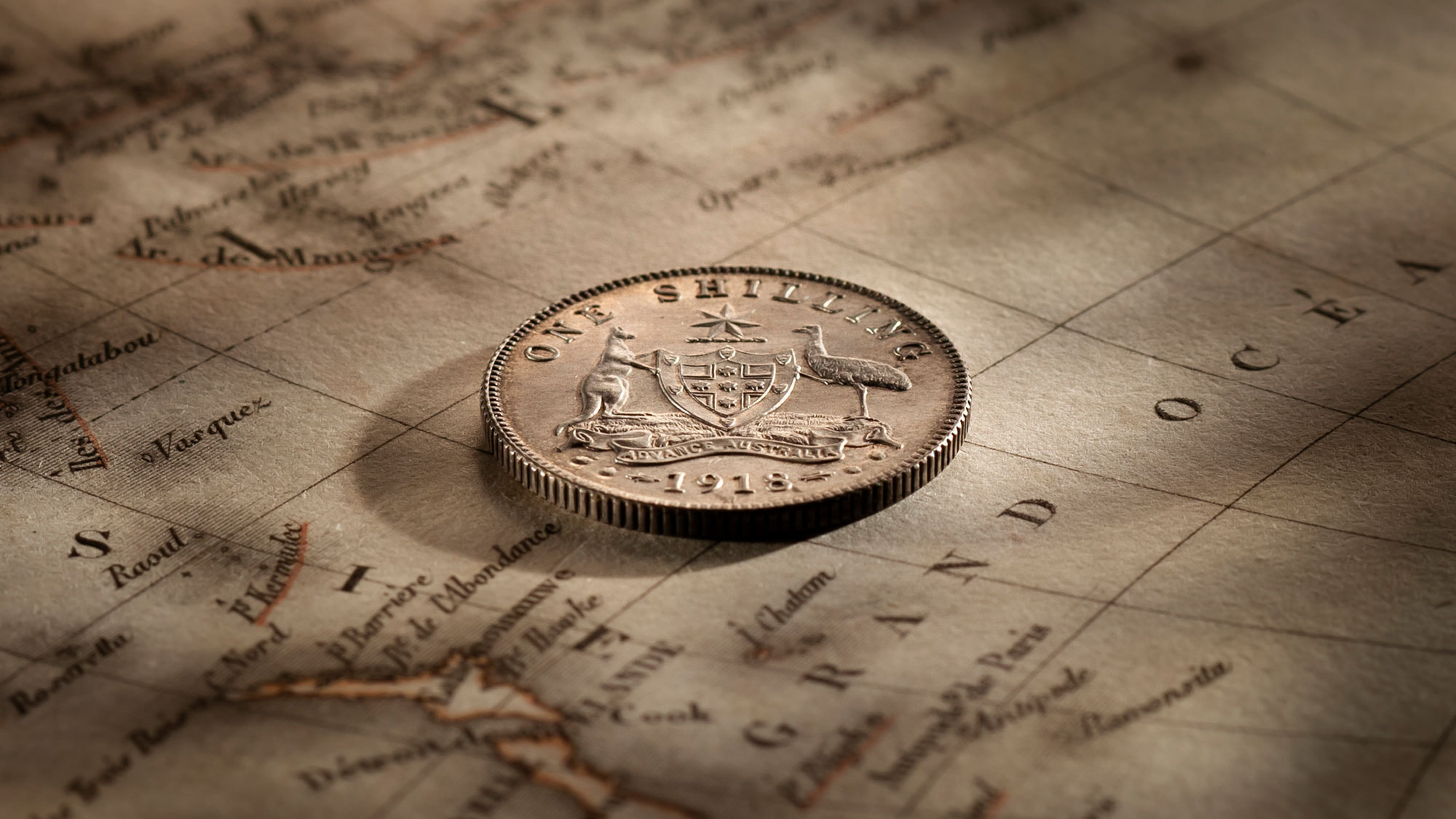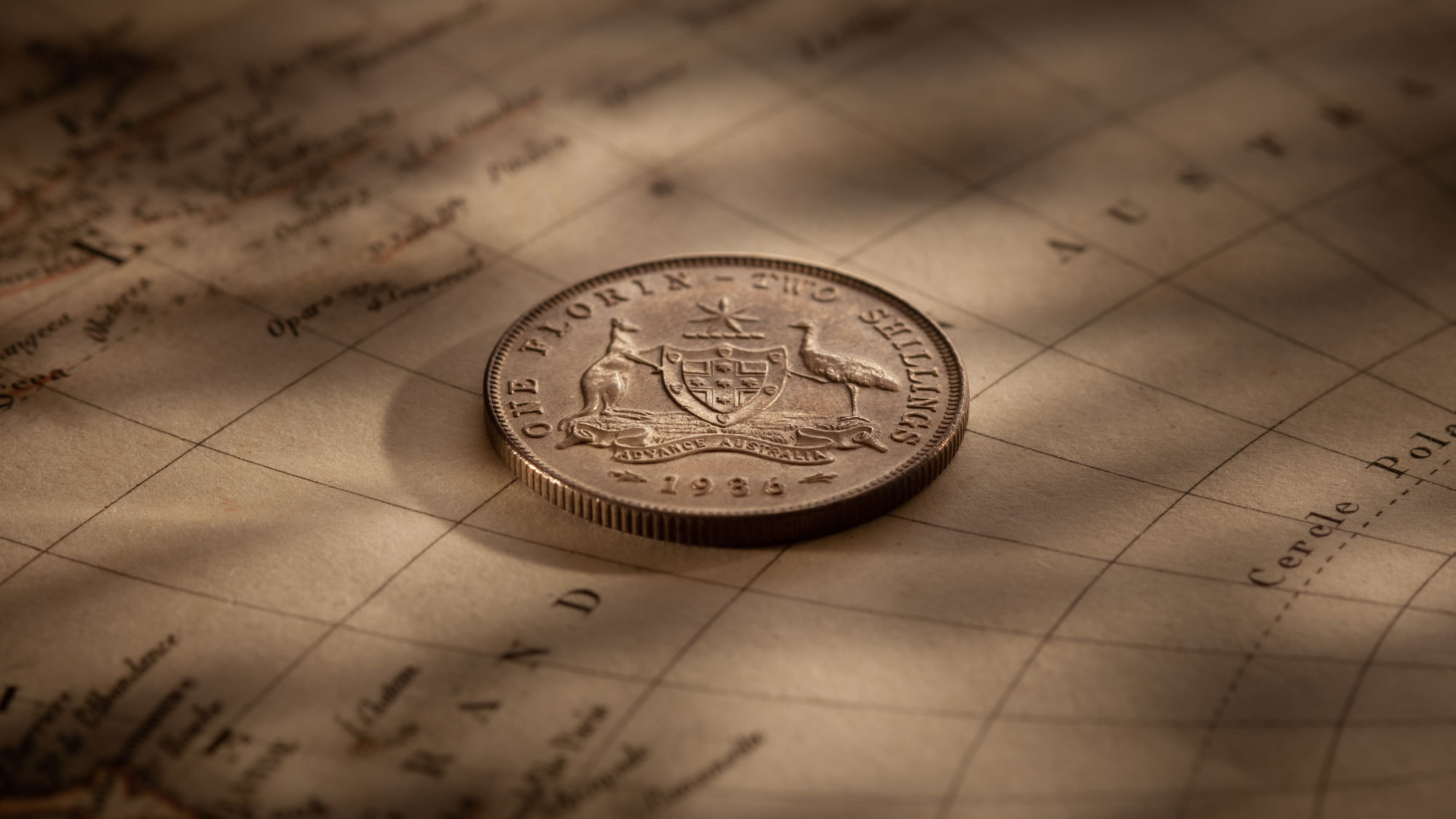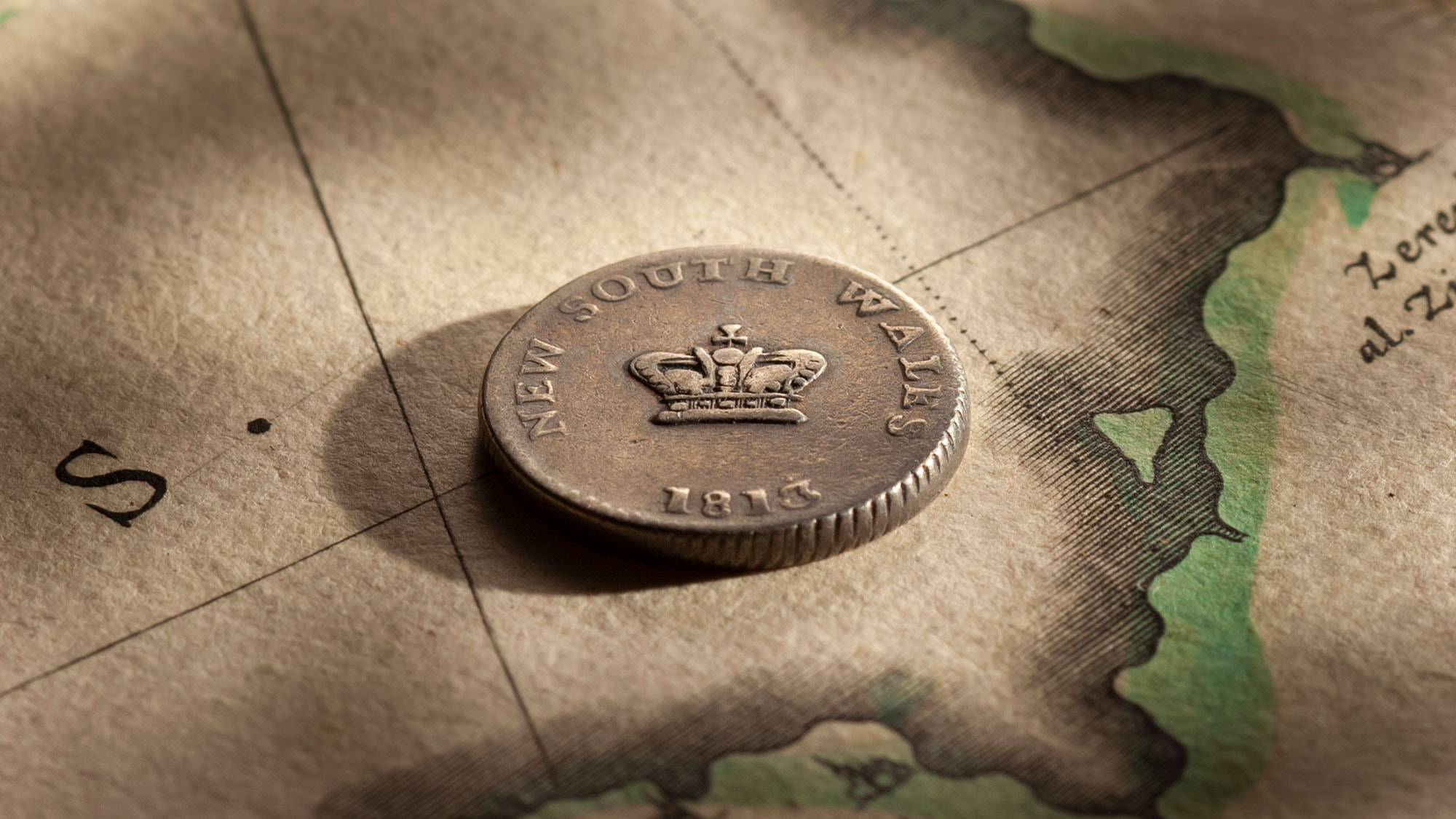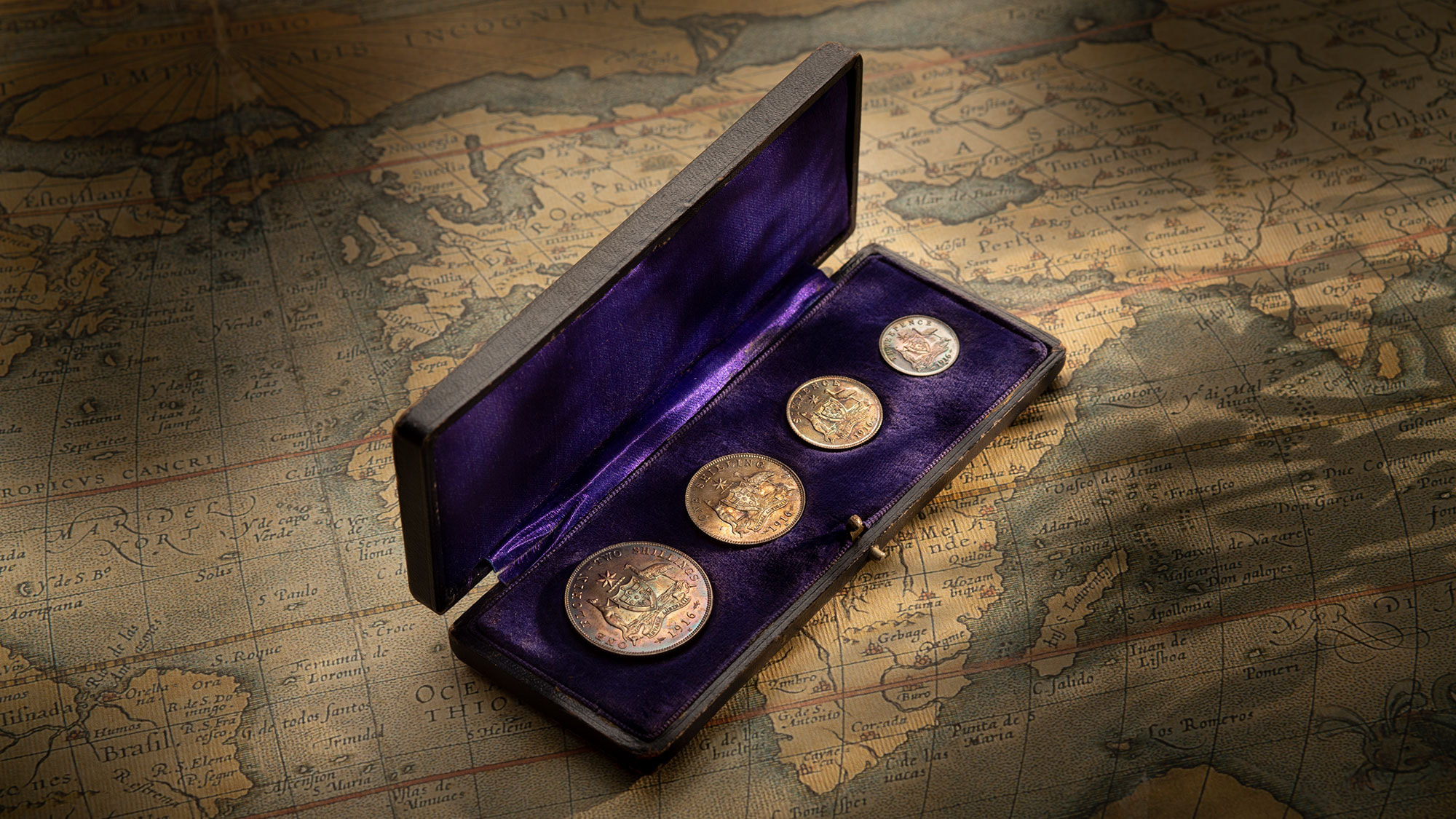1918 Trial Shilling struck in .500 silver and the only known example held by a private collector. The other known example is held in the Museum of Victoria.

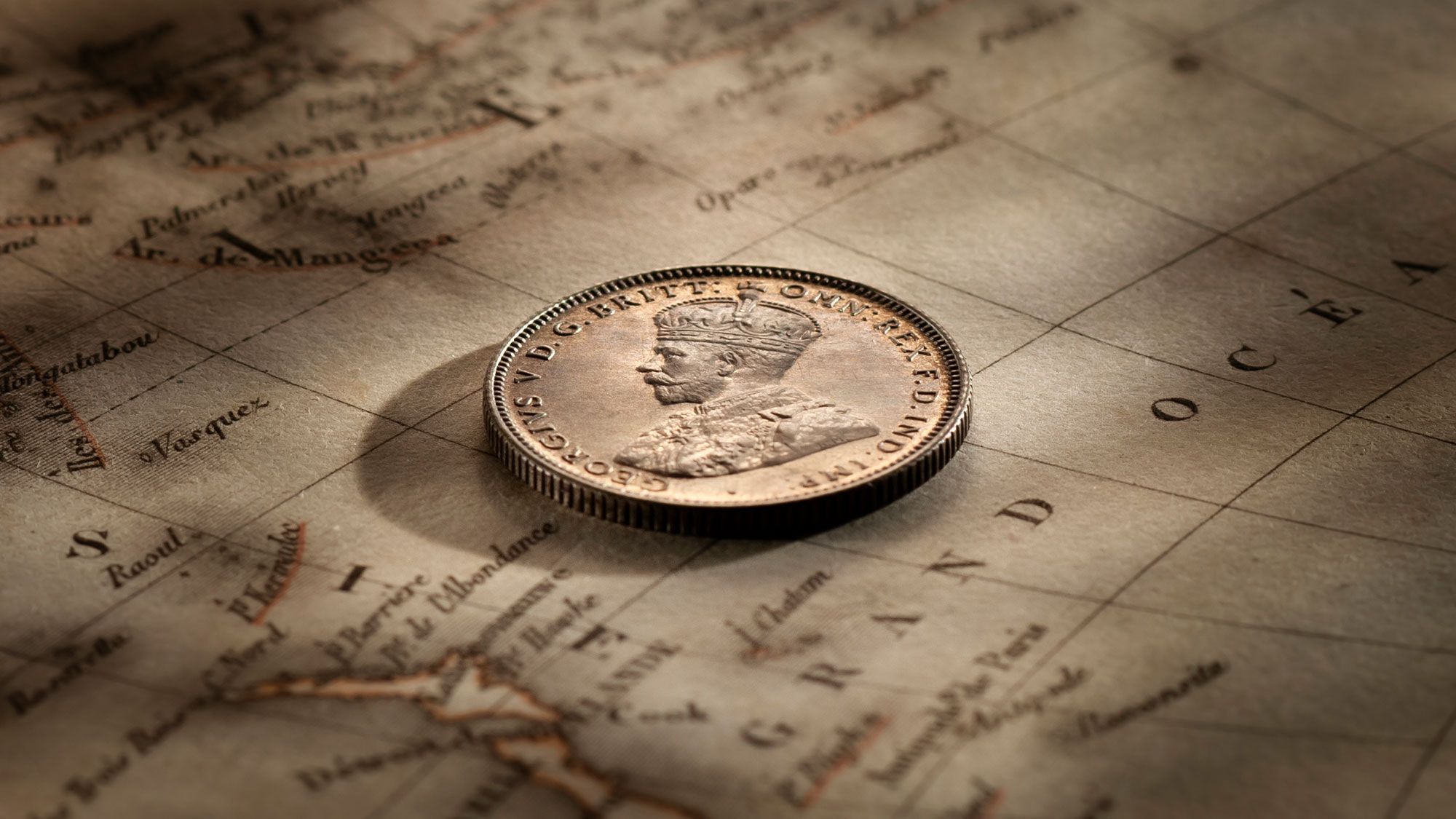
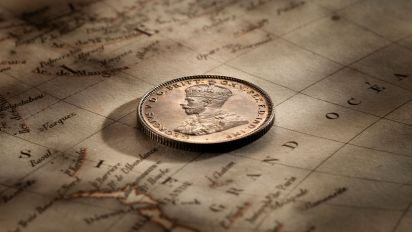
When a coin becomes one of the nation’s storytellers it assumes a higher significance in the industry. And this 1918 Trial Shilling is one such storyteller.
The 1918 Trial Shilling is a product of a period of serious financial and economic turbulence that saw nations around the world abandon sterling silver as their currency standard.
The fluctuations particularly affected governments like Australia that were still producing their currency in sterling silver.
The Government's strategies for coping are well documented in historical records. It is also documented by way of Australia’s coinage.
The Government planned to adopt a new silver coinage alloy and in 1918 began a testing period of striking coins with a reduced silver content.
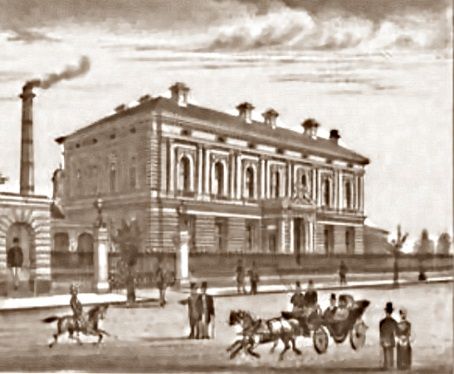
The Melbourne Mint established in 1872.
The Government considered a .625 alloy and one struck in .5 fine as taken up by the British during the precious metal crisis.
• The testing of a reduced silver alloy commenced in 1918 with the striking of this 1918 Shilling. Struck in .5 fine from the currency dies, the reverse die was punched in the field with two irregular stops on either side of the date.
• Australia’s rarest Commonwealth coin was created during this testing process, the 1919 Pattern Shilling. The coin was struck in a .625 fine and counter-stamped with two ‘S’s on both sides of the obverse and reverse fields so that it would be easily distinguished and to prevent it from accidentally going into circulation.
• The Australian Government pursued the testing of alternative alloys into 1920. Dies were ordered, the design to include a star above the date, to reflect a coin with a reduced silver content. To test the dies, seven trial 1920 florins were minted each bearing the distinctive star (Three are held in private hands). The testing continued with the striking of seven star shillings, three of which are privately held.
While the Government dithered about the impending debasement of its coinage, the years passed and precious metal prices settled.
While Australia was able to weather the storm concerning the silver crisis of 1920, the nation was not so fortunate in 1945 and 1946 when the price of silver was again booming.
The year 1946 heralded in a new order for Australia. The nation's florins, shillings, sixpence and threepences were issued in a reduced silver quarternary alloy.
Highlights of our Inventory
© Copyright: Coinworks

